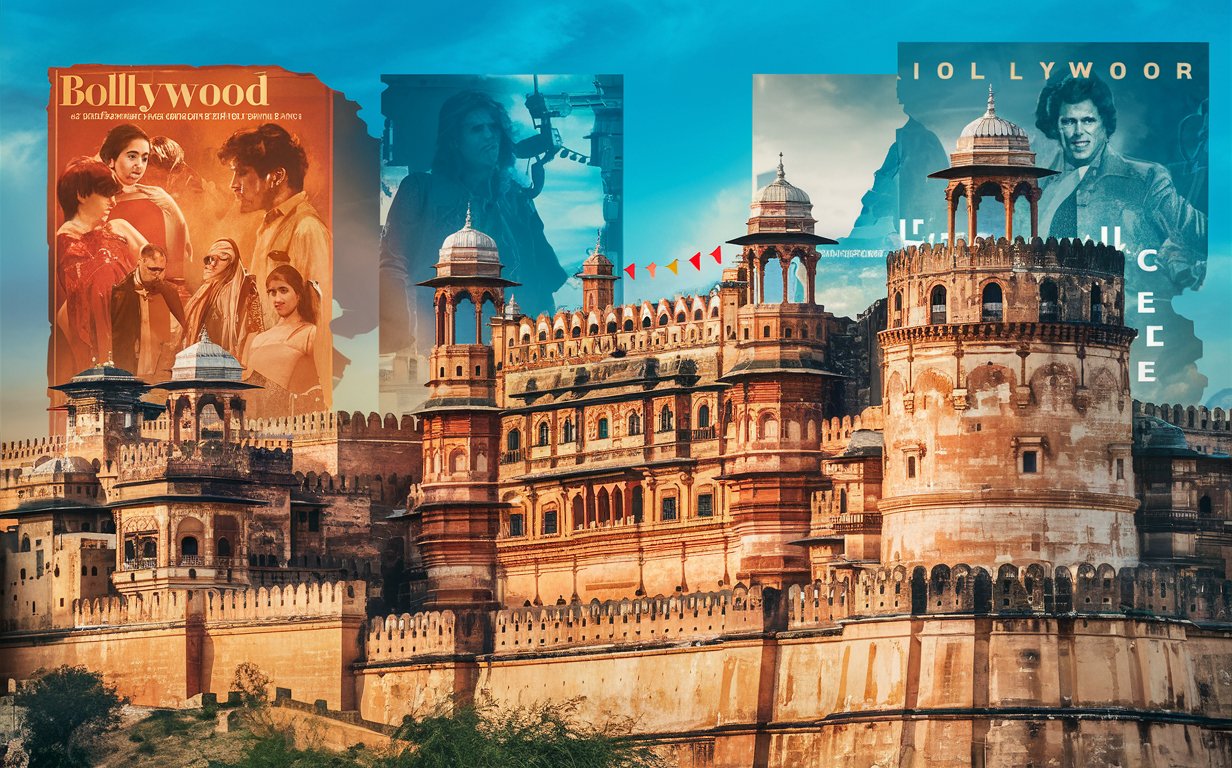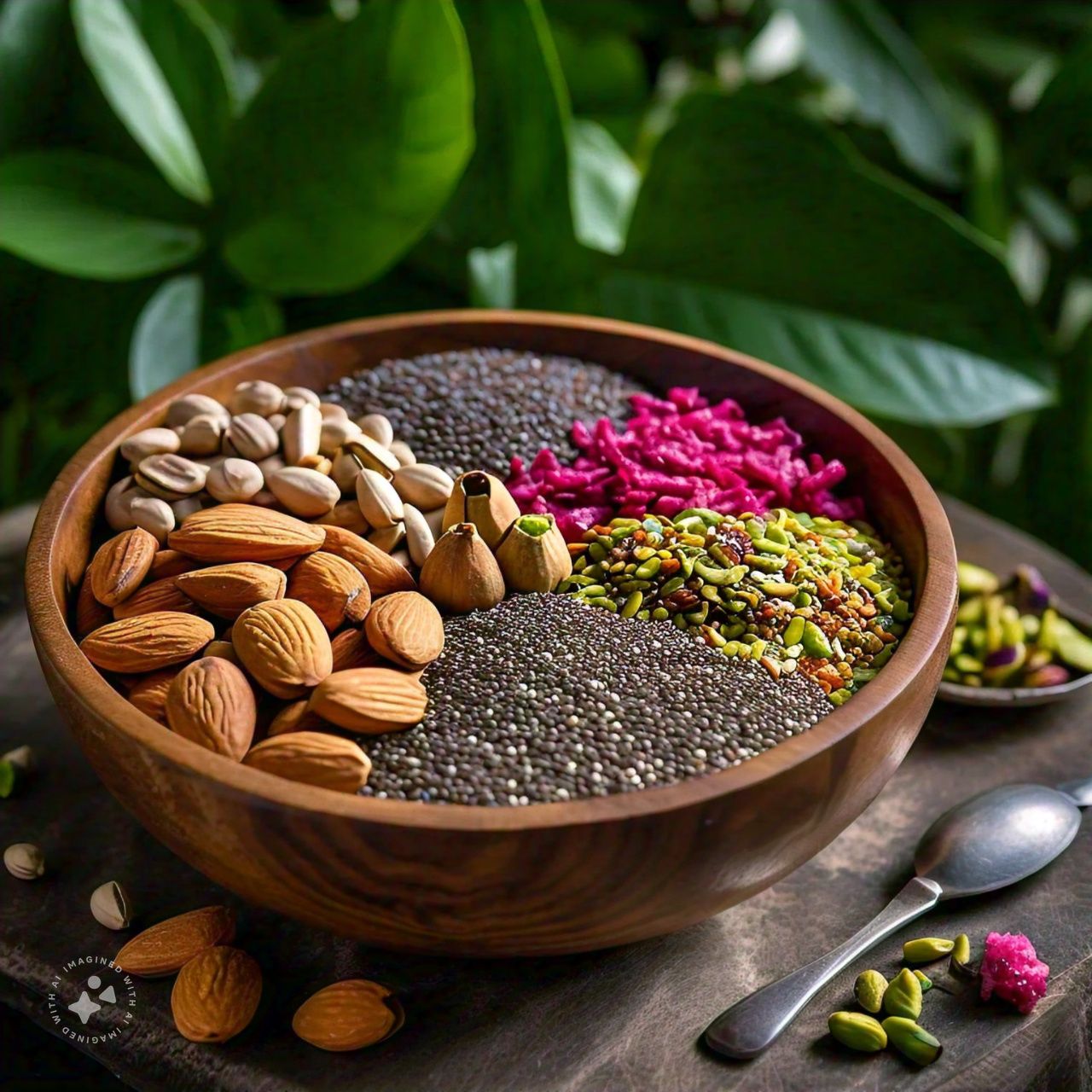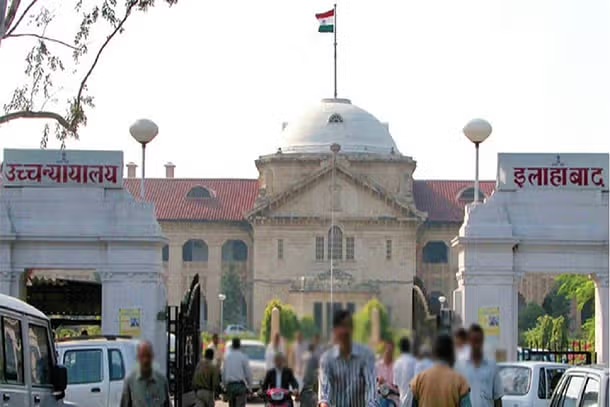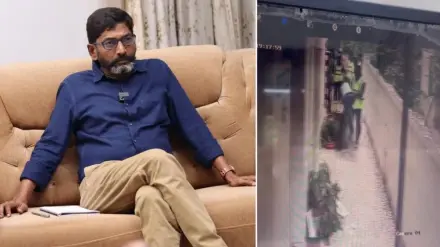Exploring the Rich Heritage and Timeless Techniques of India’s Diverse Craftsmanship
“Tradition is not the worship of ashes, but the preservation of fire.”
– Gustav Mahler
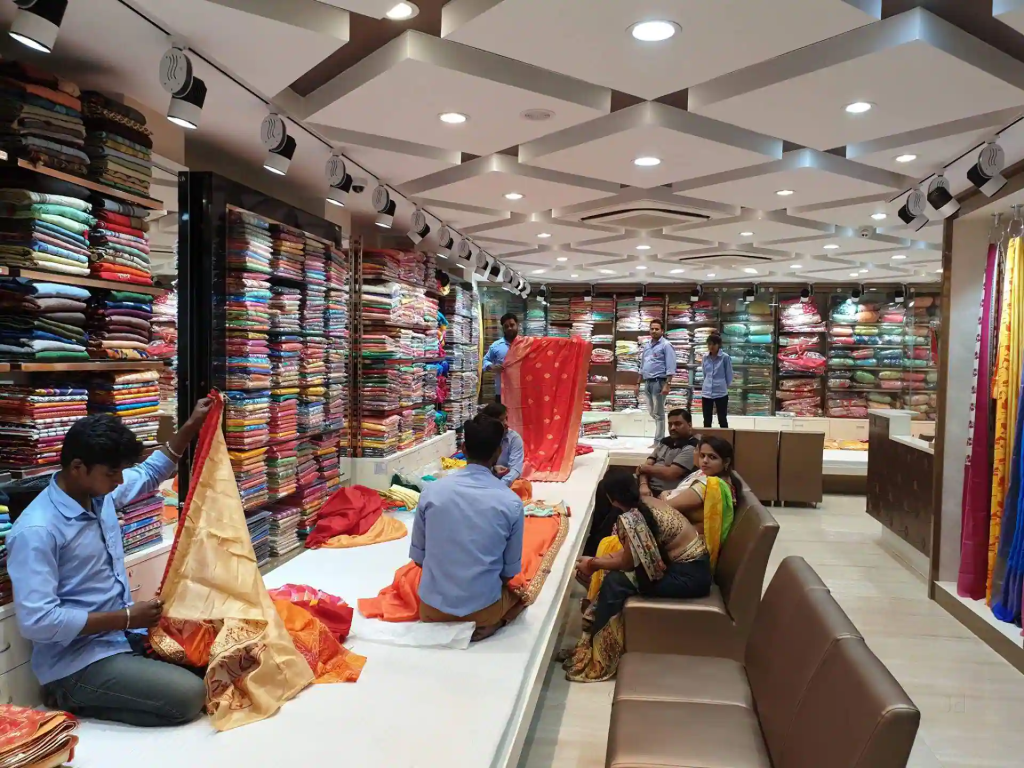
Varanasi slowly comes back to life with the first light of dawn. Reliving the hum of activity in its narrow, serpentine alleys of ancient silk bazaars, tucked away from the moot Oriya-trodden ghats, are the familiar rhythmic clackings of wooden looms, an echo through these streets for hundreds of years in this city—a constant melody in an ever-changing symphony.
The maze-like alleys lead me into the building tempo of looms. The streets are barely wide enough to keep two people walking side by side, buildings leaning in close with their weathered facades telling silent stories of ages past. Incense resin mixes with the earthy smell of raw silk in a smell unique to this part of the city. In a small workshop nestled between crumbling buildings, I meet Rajesh. His weathered hands move with practiced precision as he guides gleaming threads of gold and crimson across the loom. “My family has been weaving for over 200 years,” he tells me, his eyes never leaving his work. “Each saree tells a story – of our city, our faith, and the hands that create it.”
Rajesh explains the painstaking process behind each saree. It begins with dyeing silk threads in rich hues. Then comes the tedious task of setting up the loom, which can take days for complex designs. The actual weaving may last weeks or even months. As the day wears on, I wander through the bazaar, marveling at the rainbow of silks on display. Each shop is a treasure trove of color and texture, from gossamer-thin stoles to opulent bridal sarees that shimmer like liquid gold. As twilight falls, casting a golden glow across the ancient ghats, I reflect on the resilience of Varanasi’s weaving tradition. For millennia, it has adapted and evolved, weathering invasions, economic upheavals, and changing tastes. In every thread lies the accumulated wisdom of countless generations, a living heritage that continues to weave spellbinding tales.
The Legacy of the Loom

The art of silk weaving here goes as far back as the city itself, over 2,000 years. This craft had flowered during the patronage of the Mughal emperors, long before it had reached that time—enamored by the iridescent gossamer-thin fabrics with velvet-like flower and peacock embroidery in intricate patterns, the celestial motif most in vogue among truly aristocratic designs. This is one of India’s most coveted textiles today: the Banarasi silk, and also among the most sought-after for any wedding or special event.
As Rajesh works, he explains the laborious process each saree goes through—from dyeing silk threads in rich shades of saffron, emerald, and sapphire to the setting up of the loom, which may sometimes run into days for the more intricate designs; the weaving itself may go on for several weeks or months for highly intricate patterns.
These sarees form an integral part of Indian bridal trousseaus and epitomize rich Indian textiles. A good Banarasi saree is a labor of love, where entire families are engaged in weaving them down through generations. Each saree in itself is like a masterpiece and embodies cultural heritage combined with the craftsmanship of Varanasi. As I walked through the busy marketplaces of Banaras, this brilliant display of silk sarees revealed an enduring legacy of textile art in the city.
Pashmina Weaving in Kashmir: A Legacy of Elegance

In the remote valleys of Kashmir, where pristine snowcapped mountains touch the sky, an ancient craft continues to flourish. Pashmina weaving, a tradition dating back centuries, is more than just a means of creating exquisite shawls – it’s a way of life that embodies the spirit of this heavenly region. The story of Pashmina begins with the Changthangi goats, which roam the high-altitude plateaus of Ladakh at elevations exceeding 14,000 feet. These resilient creatures grow an incredibly soft undercoat to withstand the bitter Himalayan winters, and it’s this downy layer that becomes the raw material for the world’s finest Pashmina. The precious fibers are gently hand-combed from the animals by local herders every spring during the natural shedding of their winter coats. Good wool quality and harvesting that does not hurt the goat require such harvesting, which is extremely skillful and time-consuming. After collection, the raw Pashmina undergoes a meticulous journey of transformation. These fibers are cleaned and sorted, then spun into threads by skilled artisans—often women whose families have produced this fabric for generations—so fine that a shawl’s worth of yarn can pass through a wedding ring
The act of weaving itself is an example of human creativity and creativity. Weavers design detailed patterns and designs using age-old wooden handlooms that have not been modified much over the years. They frequently work from memory on motifs that have been passed down through the decades. The most talented weavers can labor for months creating a single shawl, their fingers dancing over the loom as they create designs that represent the rich cultural history of Kashmir. But the legacy of Pashmina extends far beyond its exquisite beauty. This craft has long been a cornerstone of Kashmir’s economy and culture, providing livelihoods for thousands of families and serving as a symbol of the region’s artistic prowess. In recent years, however, the Pashmina industry has faced numerous challenges, from climate change affecting the Changthangi goats’ habitat to the influx of machine-made imitations flooding the market. Know More- https://www.sundarisilks.com/blogs/article/handloom-india-s-craft-heritage
Madhubani Painting: Colors of Myth and Tradition
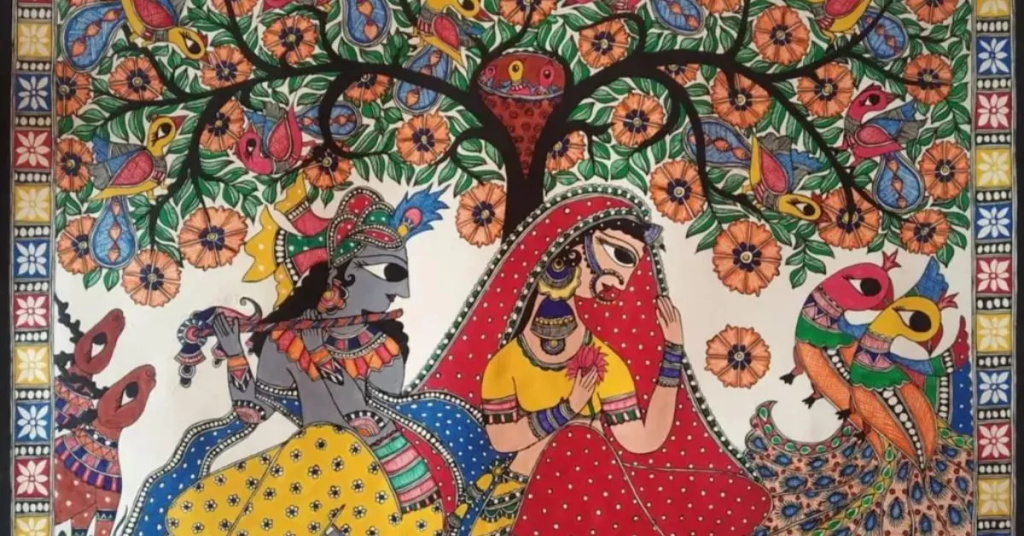
An age-old art form, whose vivid colors and complex patterns reflect tales as old as time itself, is still practiced in the green Mithila district of Bihar. Named for the district in which it originated, Madhubani painting is more than just ornamentation; it is a living tradition that captures the mythology, culture, and everyday life of the people who produce it. Some scholars believe that the Madhubani painting dates back thousands of years, to the period of the Ramayana. It was traditionally a female-only art form that was inherited through the generations from mothers to daughters. During festivals and weddings, the paintings graced the walls of dwellings, each stroke representing a blessing and each image telling a story of its own. The artists of Madhubani work with simple tools—bamboo twigs with cotton wrapped around the tips, ready to be dipped in vibrant dyes. In earlier times, all colors were derived from natural sources: yellow from turmeric, red from sandalwood, and black from burnt jogna seeds. While many contemporary artists now use commercial pigments, some still prefer the earthy tones of natural dyes, maintaining a connection to the art’s origins.
Yet, Madhubani is not some sort of frozen process of art. Modern artists have begun to incorporate contemporary themes—women empowerment, environmental conservation, and social issues among others, finding expression alongside traditional mythological scenes. This became a very strong example that showed how adaptability makes Madhubani relevant and vibrant in the present world.
The revival and recognition of Madhubani painting in the 20th century introduced this once-localized art form to the attention of the world. What used to be prepared and drawn on the walls of village homes now decorate many galleries anywhere in the world. This shift has not only conserved tradition, giving an economic opening to their artists but mainly the women working in the Mithila region. As Madhubani painting continues to evolve and adapt, it remains a powerful expression of cultural identity and artistic skill. Each painting, whether depicting ancient myths or contemporary concerns, carries within it the echoes of countless generations—a colorful thread connecting past, present, and future in the tapestry of Indian art.
Threads of the Future
In the bustling markets of India, amidst the colorful stalls and wafting aromas, you’ll find treasures that tell stories of the past and whisper promises of the future. These are the handicrafts of India, each piece a testament to centuries of skill passed down through generations. Picture a woman in a remote village, her nimble fingers weaving intricate patterns on a loom. The cloth she creates isn’t just fabric; it’s a piece of history, a slice of culture. Now, imagine that same cloth finding its way to a fashion show in Paris or a boutique in New York. This is the new journey of Indian handicrafts. As people around the world become more conscious about what they buy, they’re turning to items that are not just beautiful, but also tell a story and support communities. Indian handicrafts fit this bill perfectly. Each handmade pot, woven basket, or embroidered shawl carries with it the touch of its maker and the traditions of a culture. Know more about the markets for India:https://theaspectratio.in/shopping-adventures-in-jaipur-and-delhi-explore-indias-vibrant-markets/
But the artisans aren’t stuck in the past. They’re embracing the future too. Young designers are working with traditional craftspeople, blending age-old techniques with modern styles. Imagine an ancient block print motif reimagined on a sleek laptop case, or delicate Madhubani art adorning contemporary home decor.
So keep this in mind the next time you see an exquisitely carved wooden box or a finely embroidered cushion cover: you’re not just gazing at an object. As rich and varied as the nation itself, you are witnessing a fragment of India’s past, present, and future all stitched together. Indian handicrafts have a long and intriguing history, and its best moments might yet be ahead of us.

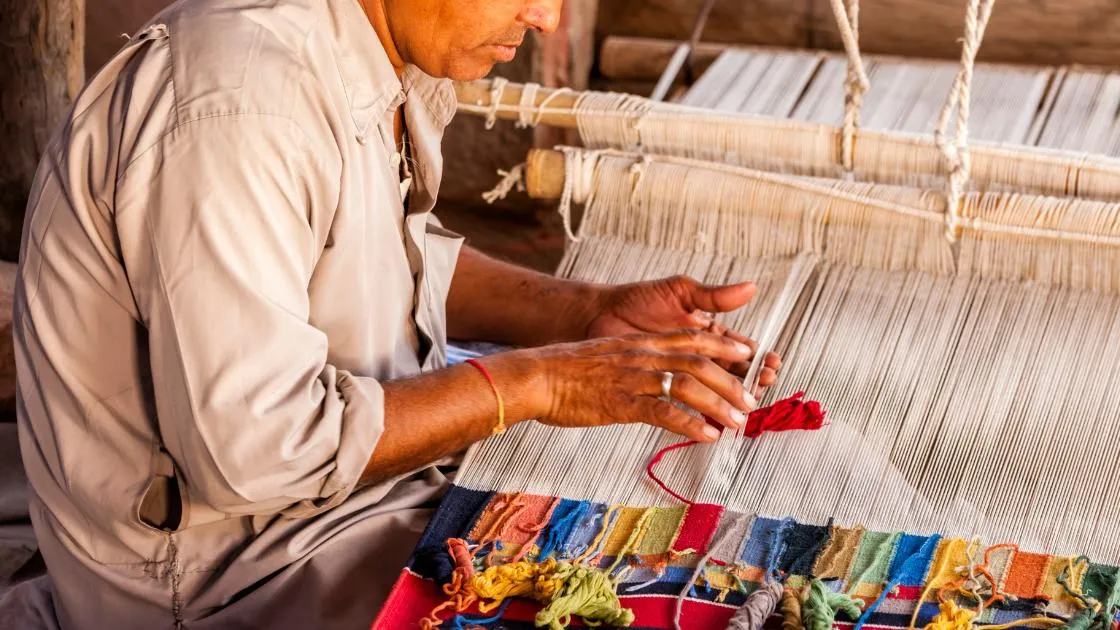
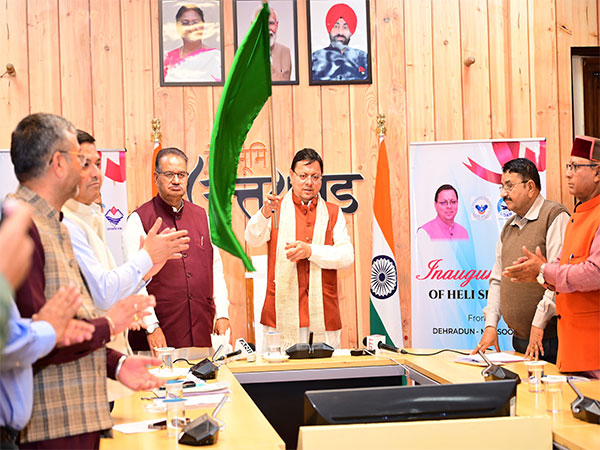
 By
By
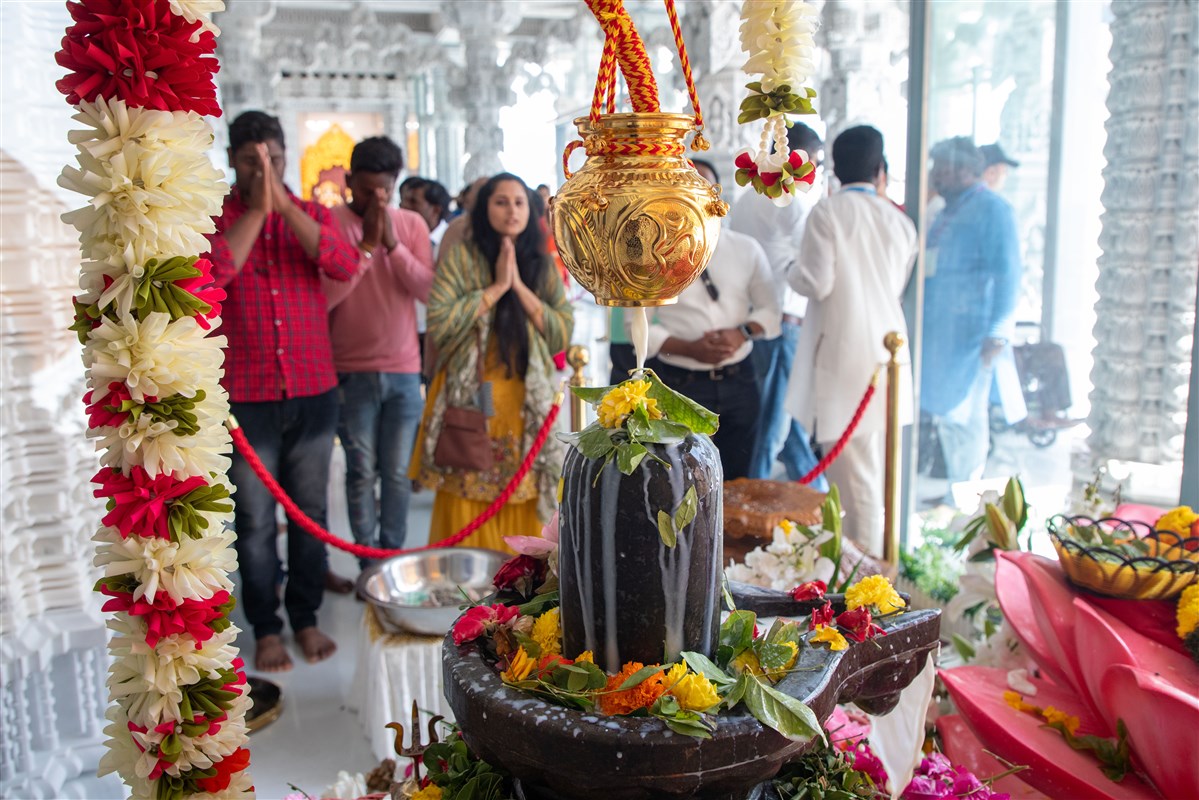
 By
By





